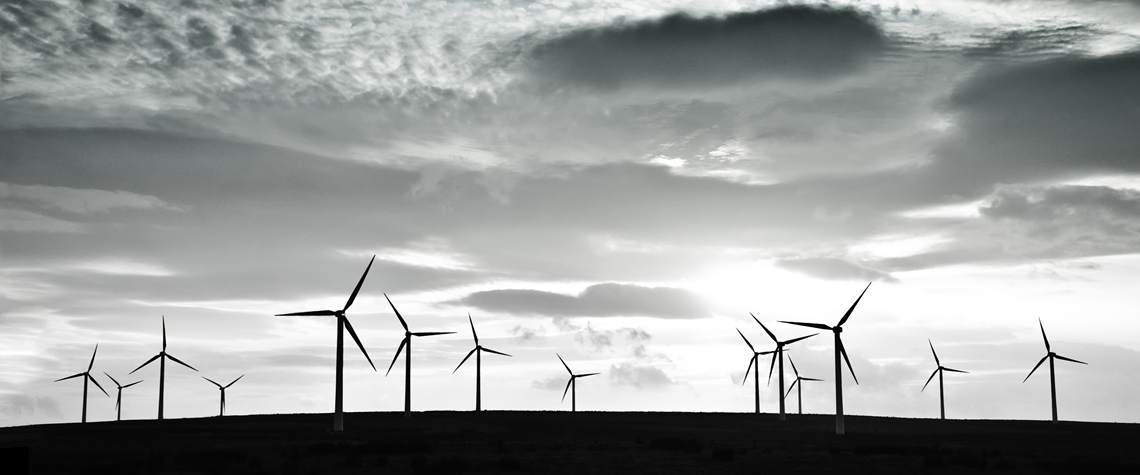Dividing lines appear in transition approaches
Differences have emerged between how IOCs and NOCs are tackling the energy transition—and the size of oil and gas reserves also has a big impact
Oil and gas companies worldwide are facing up to the business model challenges posed by global climate change mitigation and the related energy transition. But companies’ reaction to the challenges varies depending on three factors: whether they are based in an OECD member or not; their shareholder base and public image; and their resource portfolio, which will often dictate the relative advantage specific emissions control actions. Divisions have emerged between the strategies followed by international oil companies (IOC) and national oil companies (NOC) that are playing out under a cascade of regulations being issued by major energy markets, particularly the advanced industrial economies o

Also in this section
23 December 2025
Legislative reform in Germany sets the stage for commercial carbon capture and transport at a national level, while the UK has already seen financial close on major CCS clusters
15 December 2025
Net zero is not the problem for the UK’s power system. The real issue is with an outdated market design in desperate need of modernisation
28 November 2025
The launch of the bloc’s emissions trading system in 2005 was a pioneering step, but as the scheme hits 21 its impact as a driver of decarbonisation is still open to debate
18 November 2025
Vicki Hollub, president and CEO of Occidental, has been selected as the 2026 recipient of the Dewhurst Award, the highest honour bestowed by WPC Energy. The Dewhurst Award celebrates exceptional leadership, groundbreaking innovation and a lifetime of significant achievements in sup-port of the development and advancement of the energy industry.







